Monkey Island
This small primate research island is teeming with playing, fighting wild monkeys.
The island of Cayo Santiago, located off the eastern coast of Puerto Rico, spans just 38 acres. It’s a tiny tree-filled island about half a mile from the main island, surrounded by turquoise waters filled with dolphins and manatees. The only permanent residents of Cayo Santiago are a troop of rhesus macaque monkeys.
Cayo Santiago’s residents earned it the nickname “Monkey Island,” but the island didn’t always have a primate population. In 1938, the primatologist Clarence Carpenter brought some 400 rhesus macaques from India to New York, then Puerto Rico. The property on Cayo Santiago had been given to the University of Puerto Rico’s School of Tropical Medicine, and the school wanted to use it to study the social behavior of primates.
Today, the macaques on Cayo Santiago are some of the best-studied primates in the world. For more than 80 years, scientists have logged the monkeys’ births and deaths, studied their social interactions, parenting styles, intelligence, and genetics. The work done on the island has laid the foundation for other animal behavior research and even led to changes in the way human infants are delivered. The island is run by the Caribbean Primate Research Center, and though scientists from around the world are often working there, no humans spend the night on Cayo Santiago.
In 2017, Hurricane Maria devastated much of Puerto Rico, including Cayo Santiago. Research infrastructure was destroyed, and nearly all of the island’s vegetation was lost in the storm. The majority of the macaque population managed to survive the hurricane, but much of the ongoing research had to be paused. Today, scientists are studying how the hurricane has affected the troop’s social dynamics.
Know Before You Go
Visits to Cayo Santiago are extremely limited and must be arranged through the Caribbean Primate Research Center.
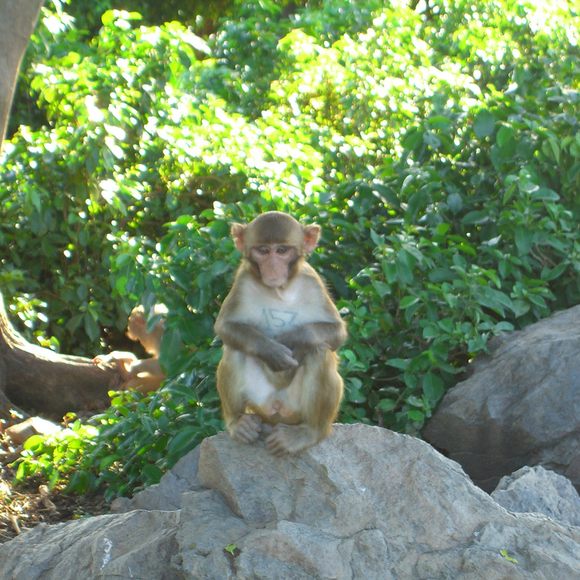


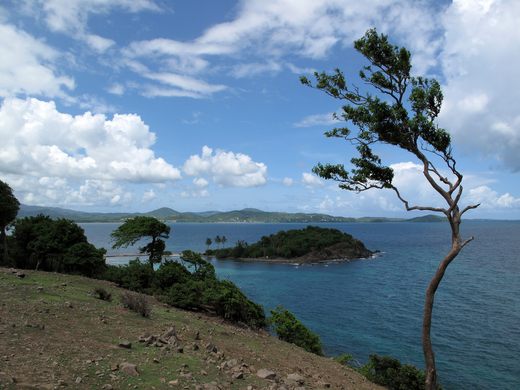
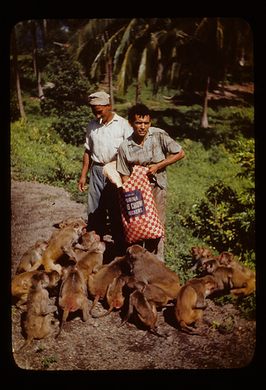
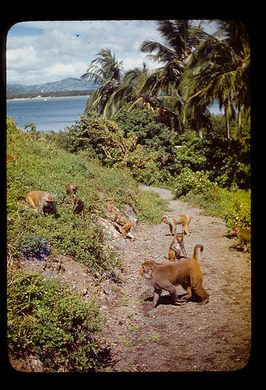
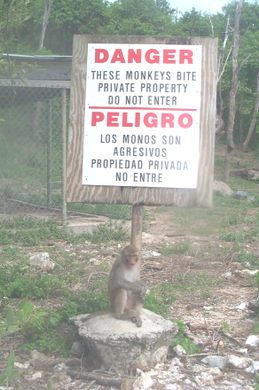
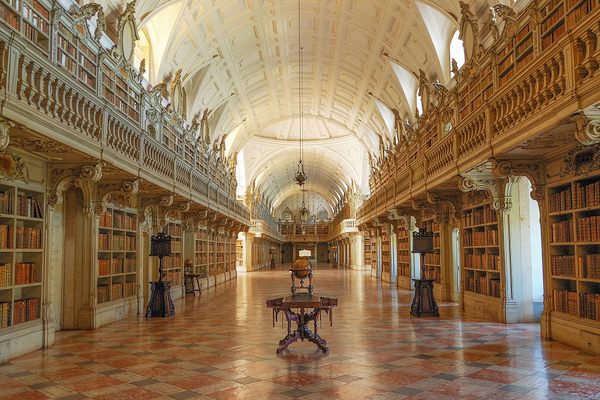
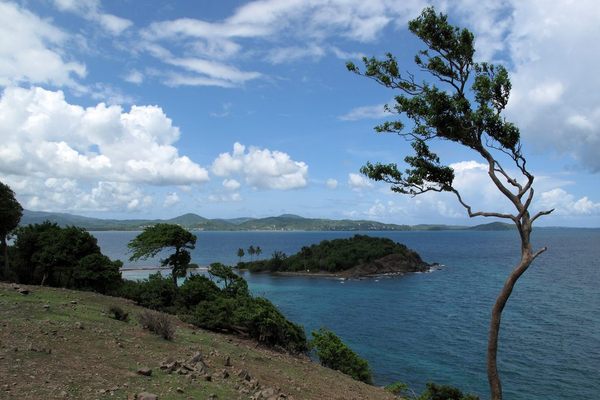






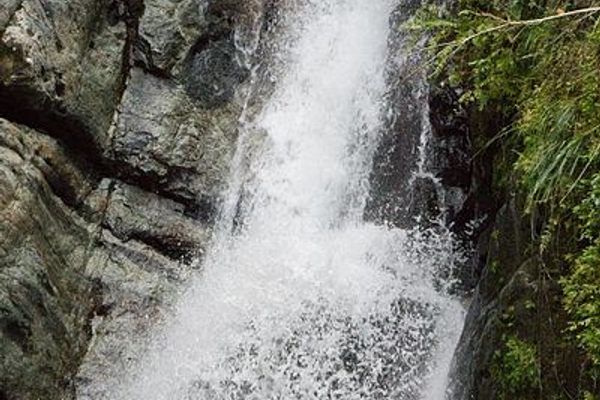



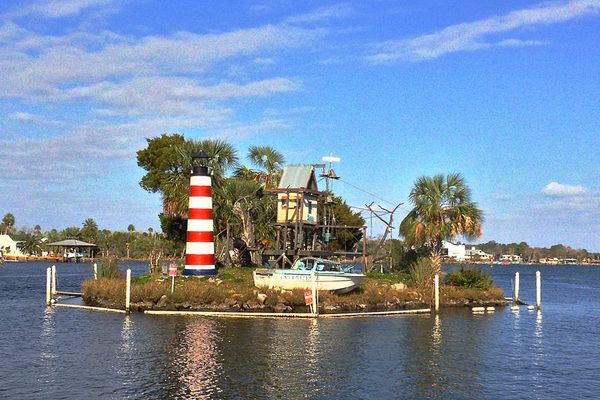




Follow us on Twitter to get the latest on the world's hidden wonders.
Like us on Facebook to get the latest on the world's hidden wonders.
Follow us on Twitter Like us on Facebook